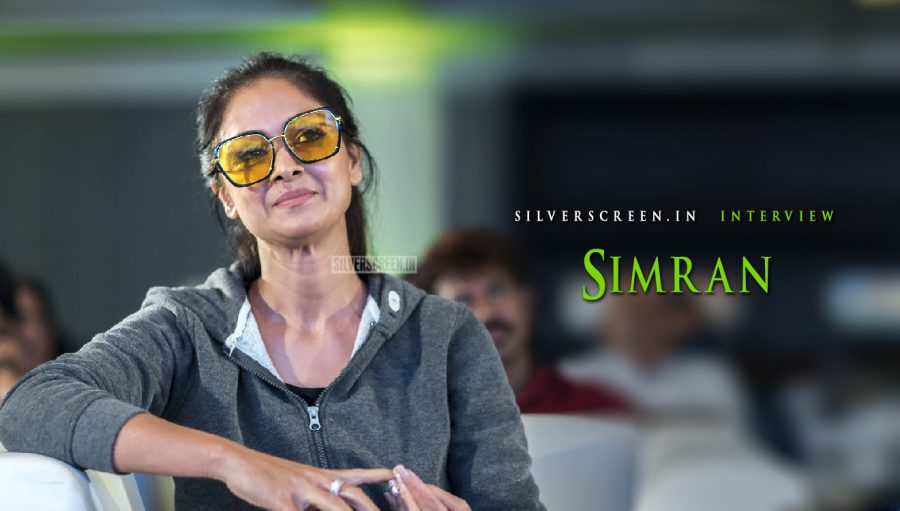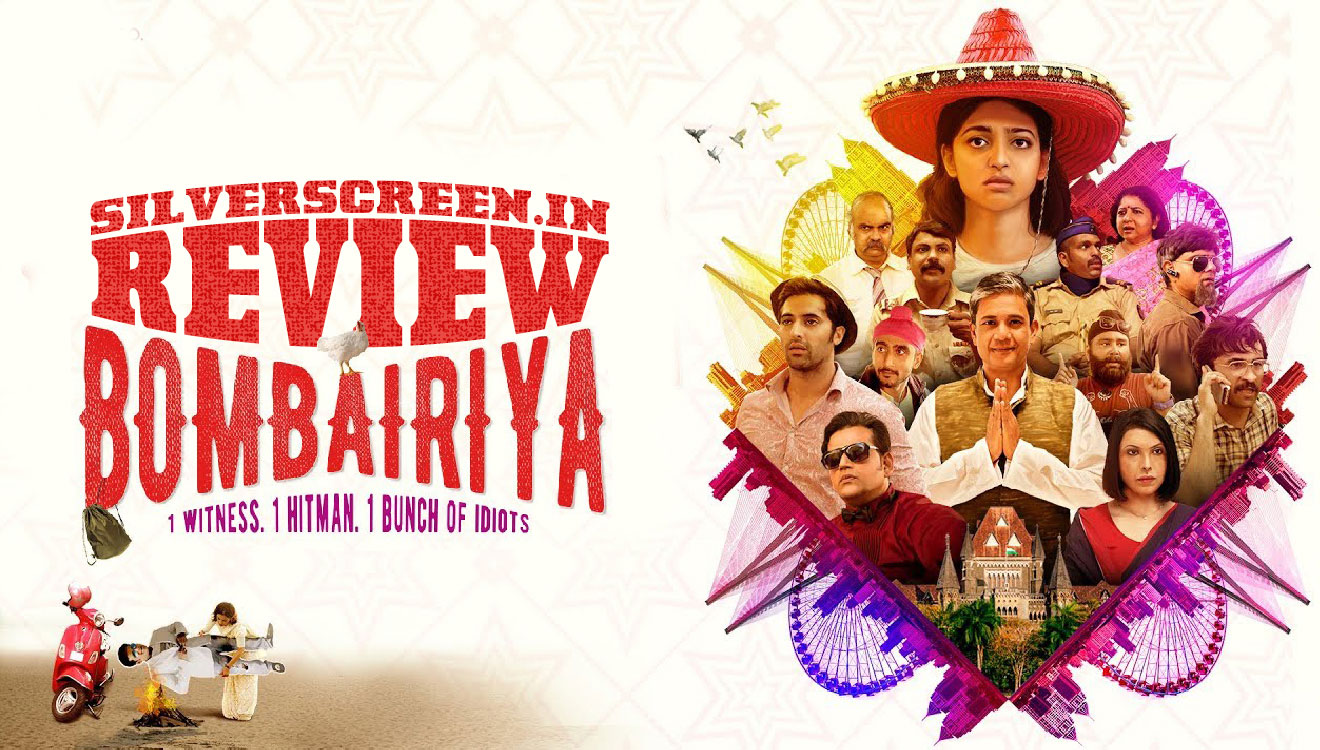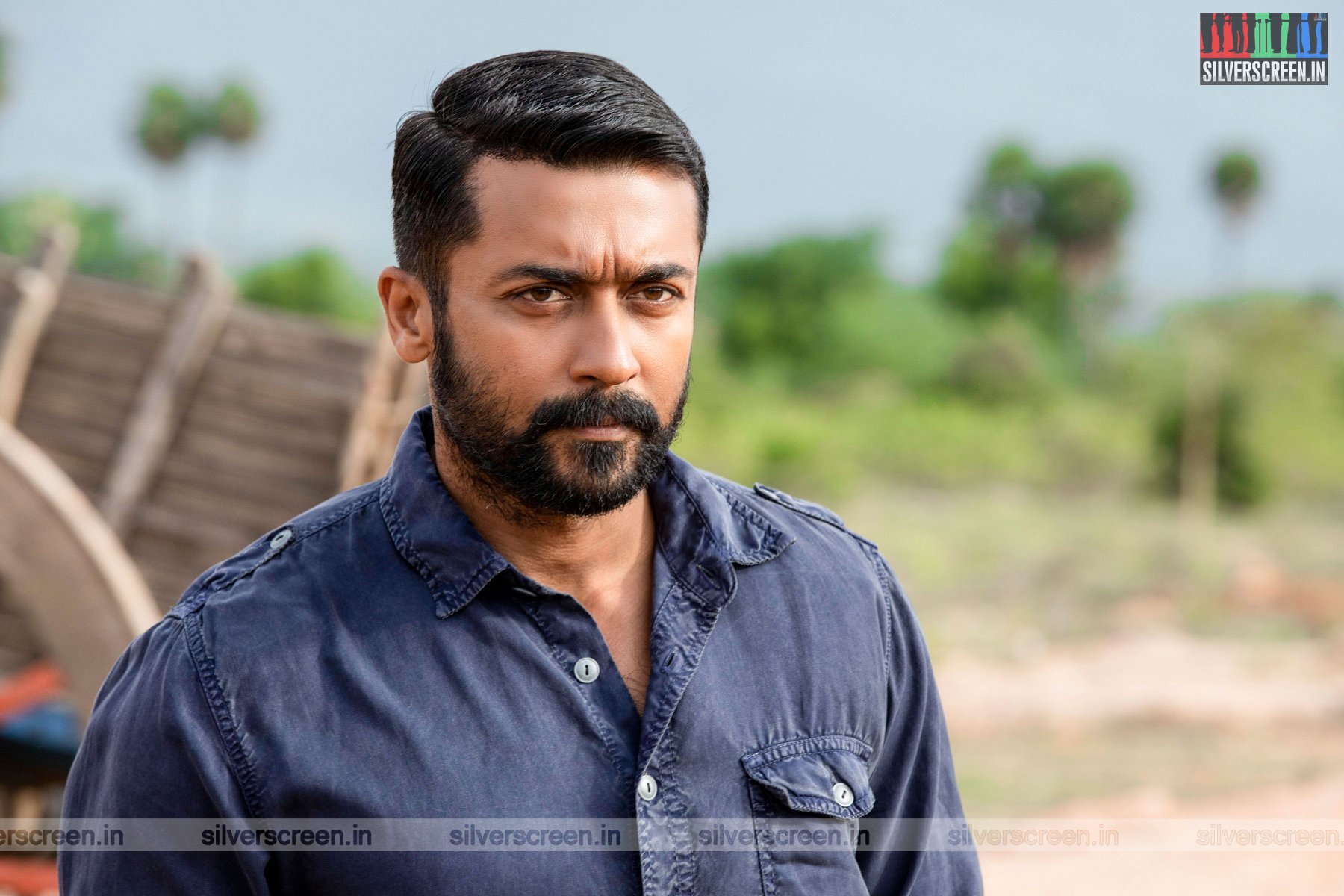On January 10, Karthik Subbaraj’s Petta releases – a film that finally sees Simran pairing up with Rajinikanth 22 years after she entered the industry. Will it be the kind of comeback the actress deserves? Simran certainly thinks so
At 11.02 pm on November 13, 2018, director Karthik Subbaraj tweeted out a poster of Petta featuring an uber-stylish Rajinikanth and Simran. Yes, Rajinikanth looked better than he had in his recent outings, but Simran’s smile and hairstyle transported many to the late 90s and the first decade of the millennium, when she made waves in South Indian cinema. Hindi audiences would remember her from before that, when she made her debut in Saawan Kumar’s lacklustre 1995 film Sanam Harjai. Mercifully, people saw beyond it. Noticing the girl who presented the hit show Superhit Muqabla on Doordarshan, Jaya Bachchan signed her for the ABCL film Tere Mere Sapne in 1996. Till date, the ‘Aankh Maare’ song remains a favourite of many.
She did a Malayalam and Kannada film before her Tamil releases began. And then, in September 1997, director Vasanth’s (he’s now credited as Vasanth S Sai) Naerukku Naer, supposed to be Simran’s debut film, hit theatres. The film paired two newcomers Suriya and Simran; they would later go on to work in Gautham Vasudev Menon’s memorable Vaaranam Aayiram in 2008. However, two other films — VIP with Prabhudeva and Once More with Vijay — pipped it to the box office on July 4, 1997. The second half of 1997 would give Tamil cinema one of its much-loved actresses. For a good 12 years, Simran ruled the industry with films that catered to the masses and classes.
Cut to 2019. On January 10, the world will see Simran on screen with Rajinikanth, an actor she has never worked with during her peak; an actor she’s always been keen to work with. “The comments and reactions to the poster were so positive. It was like people were waiting for this combination for long,” says Simran.
Since her marriage to childhood friend Deepak Bagga in 2003, every other appearance of hers in a film or television show has been called a comeback, but Simran says she was never convinced about it. “When Petta happened, it was classy and nice, and I told myself that this is my real comeback, a proper one that does me justice,” she says.
“Karthik was clear about what he wanted; he’s also contemporary and trendy. That’s why his films have been appreciated across age groups. He brought together actors with different styles and different skills and handled it all well. In recent years, I think I’ve looked my best in Petta, because we had workshops for everything from the look to the dialogues. We put in a lot of homework.”
*****
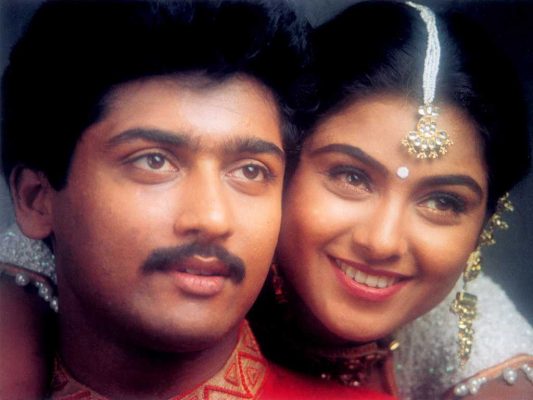
It was sometime in 1996 that Vasanth landed in Bombay to scout for a heroine for his Mani Ratnam production Naerukku Naer. He saw innumerable new faces for a fortnight, and was dejected by their inability to speak a line or two and act. He booked a 5.30 pm flight back home. “At 12.30 pm, a girl walked into the room. I was told that she’s either committed to or was in the running for a role in Tere Mere Sapne. That was Simran. She came dressed in a simple kurta-churidhar and my gut feeling told me this was who I was searching for. Those days, we could see the result of the test shoot only after getting back to the Madras office and playing it on a recorder. I never felt that need to double-check; I knew this girl would go places and that she was heroine material,” he says. What gave him confidence was that even for the test shoot, she learnt her Tamil lines and delivered them well. “She would always get her dialogues beforehand and learn them by rote before coming to the sets. And, she’s rarely forgotten or mixed up her lines,” he adds.
That film also saw her sway audiences in the ‘Manam Virumbudhe’ song. “She once told me that she’s never looked as pretty as she did in that song, shot in the Tirumalai Nayakkar Mahal in Madurai,” he recalls. Sreeja Ravi dubbed for her in that film, and recalls how her lip-sync was near perfect for an outsider doing her first film in the language. “She’s a very expressive artiste, and all I had to do was match it with my voice.” Later, Savitha and Deepa Venkat would regularly dub for her.
*****
There was a time when Simran never imagined she would become an actor. “I wanted to take part in Miss India, but never knew how to go about it. I was average looking and had no hope ever of getting into films. Which is why I believe that, sometimes, a superior power leads you, and you won’t even know how difficult a path you have traversed. My journey began in a college photoshoot because I wanted to become a model! Luckily, my parents were broad-minded and allowed me to make my career choice.”
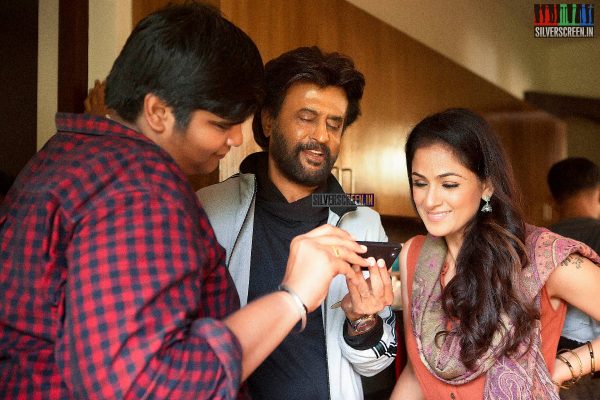
Simran was prepared to work hard on her career. “I was from Bombay, but did not wait for opportunities to come only from there. I took those from the South. In Malayalam, I made my debut with Mammootty in Indraprastham (she played a political journalist in the film), I got VIP with Prabhudeva, whose dance I admired, I was cast opposite Vijay in a film directed by his father, there was Vasanth sir… how could I possibly pass these chances? In Telugu too, good films came by.”
Once Simran realised she had a career in the South, she decided to learn the languages she was working in. “I would pick up one word a day, that’s 365 words a year. Now, I can speak Tamil and Telugu well and understand Malayalam and Kannada reasonably well.” For a scene in Indraprastham, she took more than 20 takes to get the expression where she had to simultaneously speak and cry. “My mother told me that if you really want to do this, you’ll find a way to learn. The next take was okayed. I looked at it this way – learning a new language is like going to the first grade once again. I first focused on people’s gestures and expressions so I could link action to words, then I learnt words and finally phrases and sentences.”
Her director and the entire cast and crew rallied behind her in her efforts to learn Tamil. “They patiently handled all the stress while I picked up Tamil. But, if I had to call someone my language guru, it would be KS Ravikumar. He worked on my Tamil and improved it.” Other than KS Ravikumar, directors Ezhil and YVS Chowdary figure among her mentors too.
*****
Recommended
Early on in her career, Simran dazzled in saris. She draped it with effortless ease, and she credits her assistant Nagamani – who was with her since 1996 – for it. “Even before that, I would wear the sari, but Nagamani taught me how to own it, how to drape it casually.” Nagamani now lives in Andhra Pradesh, and Simran is still in touch with the lady who helped popularise the Simran look. Remember how she made the jeans and crop top and sari-blouses with a stylish back hugely popular?
Quite a few of Simran’s songs are chartbusters with memorable choreography, and so were her films. “Looking back, I remember being careful as to what I was going to take up. The story, rather than my character, was important in my scheme of things and I would listen to a narration like I was part of the audience. Then, I’d go by my instinct. Once I signed up, I would get details of the songs, sit with the designers to plan costumes, speak to the directors to understand what scale of emotion they wanted,” says Simran, who will also be seen in the much-delayed Dhruva Natchathiram, where she teams up with the director of one of her favourite films – Vaanaram Aayiram.
By the turn of the new millennium, Simran had clocked many hits in Tamil, the most popular of them being SJ Suryah’s Vaali in 1999. From 2000 to 2002, she worked with the legendary K Balachander in his 100th film Paarthaale Paravasam (2001) co-starring Madhavan, with whom she teamed up again for Mani Ratnam’s Kannathil Muthamittal (2002). There was Kovilpatti Veeralakshmi in 2003 and SJ Suryah’s New in 2004, a film that bordered on risqué. “I was a huge fan of Mani sir from his Roja days and working with him was great learning. I would sometimes tell him that I would require a re-take, but he would tell me that I’d already given my best. He taught me the difference between staying real and over-acting. He gave me powerful scenes and made me look beautiful while crying. I’d be lying if I said working on the film did not change me as an artiste. As for Balachander sir and Sivaji Ganesan sir (Once More), it was just a blessing that I could be a part of their films.”
In her heydays, Simran teamed well with Vijay, Prashanth, Ajith and Suriya, and played characters called Priya seven times. Among her more popular films is Saran’s Paarthaen Rasithaen, where she played a negative role for the first time. “I took it up as a challenge. Saran offered me a choice, and I chose Bhanu. It was amazing playing a character who was so full of love and jealousy that she was all set to ruin three lives.”
Over the years, Simran has stuck to some rules. The first among them is to never look back and stay focused on the road ahead. There was also the deep-rooted need to be real that saw her get married to Deepak, who she has known since she was two years old. “Real-life romance is quite different. My aunt and his mother were neighbours in Delhi’s Defence Colony and we have been friends all our lives. Today, my children are my reality check. They are used to the idea that their mother is an actress. But, it does intrude into our bubble sometimes. These days, everyone wants a selfie, and I find it very difficult to refuse. My elder one gently tells me that ‘family time bhi hota hai’ [There’s also family time].” He’s hit his teens, and Simran is figuring out how to keep the communication lines open.
Another actress who quit in her prime, began a family and made a comeback is Jyotika, Simran’s compatriot. “I love the work she is doing. When I think of her, I also think of Suriya. They complement each other and have the other’s back,” says Simran.
*****
In her initial days in Madras, Simran hung out with a set of friends from outside the industry. “We’d go out for coffee, a movie… we still stay in touch.” And then, there are the friends and Deepak who keep track of feedback in the media and alert her so she knows the pulse on the ground.
While fans have admired her dancing, not many know that Simran is a trained artiste and knows quite a few styles. Remember her delightful extended seven-minute dance cameo in Pithamagan and also, ‘Aalthota Bhoopathy’ (in Vijay-starrer Youth)? “I still dance and terribly miss dancing in cinema. And whenever I meet fans, I get asked when I would dance again on screen. I’m seriously planning something for my fans. As a person, I love salsa, and have been doing it from 1999 with my Bombay friends. We have a group that gets together to dance. We do all contemporary forms such as Crimping and Bboying and the classic break dance,” says Simran, whose personal tracklist of film songs reads thus: ‘Minnal Oru Kodi’, ‘Oru Deivam Thandha Poove’, ‘Kaalayil Dinamum…’ and ‘Aalthotha Bhoopathy’.
It’s not as if Simran has not seen failure; she learnt to tackle it differently. “You have to challenge yourself. Some films were made before their time. With others, you know even while shooting that they are not being handled well. You tell them once, and if they don’t listen, you finish your work and move on. But, whether in the industry or outside, you have to maintain relationships; else, how can you live life?”
*****
The Simran interview is a Silverscreen exclusive.
